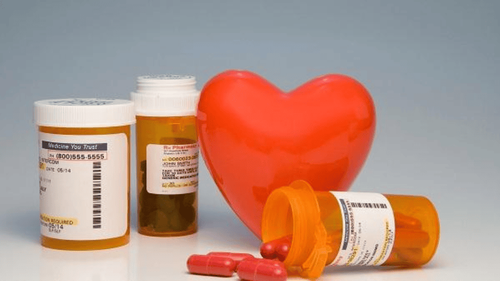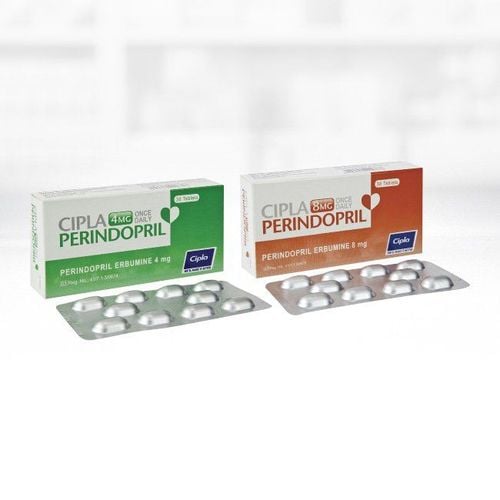This is an automatically translated article.
Article written by Dr. BS Phan Nguyen Thanh Binh - Department of Pediatrics - Neonatology, Vinmec Central Park International General Hospital
High blood pressure is not just a disease that often occurs in the elderly, the disease is tending to increase and younger, now can occur at any age, even in children. Many studies have shown that if young people have high blood pressure without treatment, the life expectancy of these people will be 10-20 years shorter than that of elderly people with hypertension. Therefore, early detection and treatment of hypertension is of great importance.
For accurate and early detection, we need to check blood pressure periodically. Hypertension was only determined when 2-3 different measurements were taken over several weeks under optimal conditions such as 15 min rest, after urinating, suitable ambient temperature, measured in arm position. at heart level, use age-appropriate cuffs and both arms should be measured.
Except in cases of paroxysmal high blood pressure, hypertension can be controlled with changes in diet, exercise, and lifestyle changes.
1. Salt reduction is the first measure in the treatment of low blood pressure
60% of people with high blood pressure can control the disease by reducing salt in the diet. However, a comprehensive examination is needed to evaluate cardiovascular disease, kidney disease, accompanying metabolic diseases, etc. to receive specific treatment.
How to reduce salt in the diet? Salt should be limited to no more than 5g/day. In addition to the amount of salt that is naturally present in the food (usually 2g salt for unsalted foods); The amount of salt used to season food in a day is about 3 g of salt, equivalent to 1 teaspoon of salt or 2 teaspoons of fish sauce or 2 tablespoons of soy sauce.
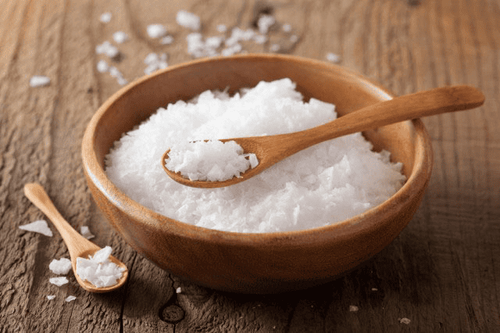
Limit processed foods containing a lot of salt (instant noodles, canned goods, sausages, sausages, spring rolls, dried sauces, chao...), dried seafood (dried fish, dried shrimp, squid). dried...) or make fish sauce, pickled foods, etc. It is best to exclude these foods from the daily menu.
Do not add fish sauce, relative sauce to seasoned foods or when eating fruit, do not dip salt.
A cup of soup contains about 0.8 -1g of salt, depending on the menu and the weather, you can drink all the water. For example, when it's hot, if you don't eat braised food, you can drink all the water of 2 cups of soup in two main meals.
For water dishes such as pho, noodle soup,... 1 bowl will contain about 1.8-2g of salt (or more if eating at a restaurant) so only drink a portion of the water when eating.
For instant noodles, only 1/3 to 1/2 packet of seasoning powder should be added when processing. A packet of instant noodles contains 4g of salt, which is more than 3g of salt for seasoning.
It is possible to replace pickles with vegetables soaked in sugar vinegar. Method: Cabbage, radish, carrot, cucumber, bitter gourd cut into thick pieces or slices, chopped ginger and chili, sprinkle a little salt, mix well for 1 hour, squeeze out the water. Mix vegetables with vinegar and sugar water, refrigerate for half a day to eat.
The first stage of salt reduction will be quite difficult, but usually after only 2 weeks we can gradually adapt to the pale taste. You can use sour and sweet flavors and add groups of spices when processing to increase the taste. For example, sour soup, beef sautéed with onions and fragrant... are dishes with a low amount of salt but delicious because of the application of the two principles above.
For children, seasoning (salt, seasoning,...) is not necessary because the child's need for salt is already sufficient from food and milk (0.2 g/day). In addition to creating a habit of eating bland for children, reducing salt in childhood also has the effect of preventing hypertension later in life.
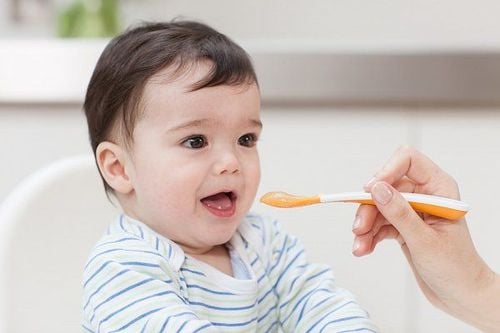
2. Increase potassium in the diet
3.5g/day or 50mg/kg body weight. If a day you can eat 300-500g of vegetables, especially dark green leafy vegetables and yellow vegetables; 300g of fruit almost guarantees more than 3g of potassium in the diet. If you can't do it right away, you can still reduce your risk by eating more vegetables and fruits.
3. Increase calcium
Eat small fish with bones, clams, drink milk, eat sesame, eat a lot of green vegetables are measures to increase calcium in the diet. Just drink 200ml of fat-free milk powder, 50g of clams, 1 tablespoon of sesame can meet 70% of calcium needs for the day.
4. Energy and fat control
If you are overweight, you need to limit your diet, reduce energy (500kcal/day) and fat. Limit high-fat foods that cause hyperlipidemia: skin, egg yolks, viscera (liver, heart, kidney...), ice cream, butter, fried food, fried, fried,...
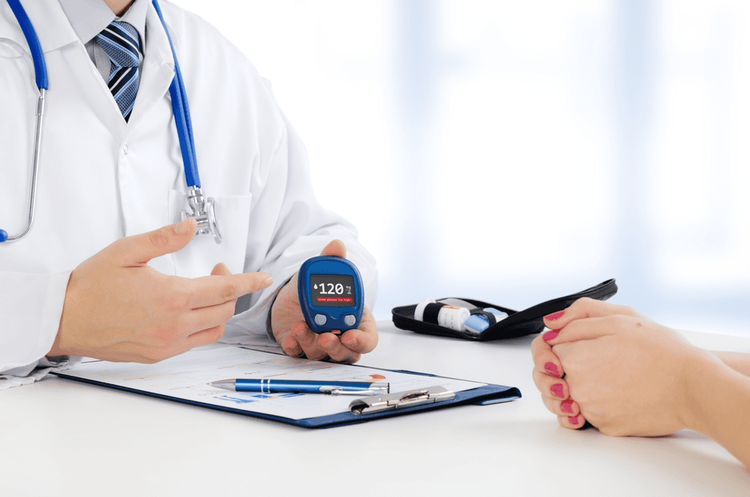
5. Reduce alcohol
If you are an alcoholic, you should cut down to 26g/day, equivalent to no more than 2 cans of 330ml beer or 1 cup of alcohol.
6. Increase exercise
In addition to daily activities, it is necessary to exercise for 30 minutes more sports activities such as walking, running, jumping rope, swimming, table tennis... suitable for health and age.
Please dial HOTLINE for more information or register for an appointment HERE. Download MyVinmec app to make appointments faster and to manage your bookings easily.







